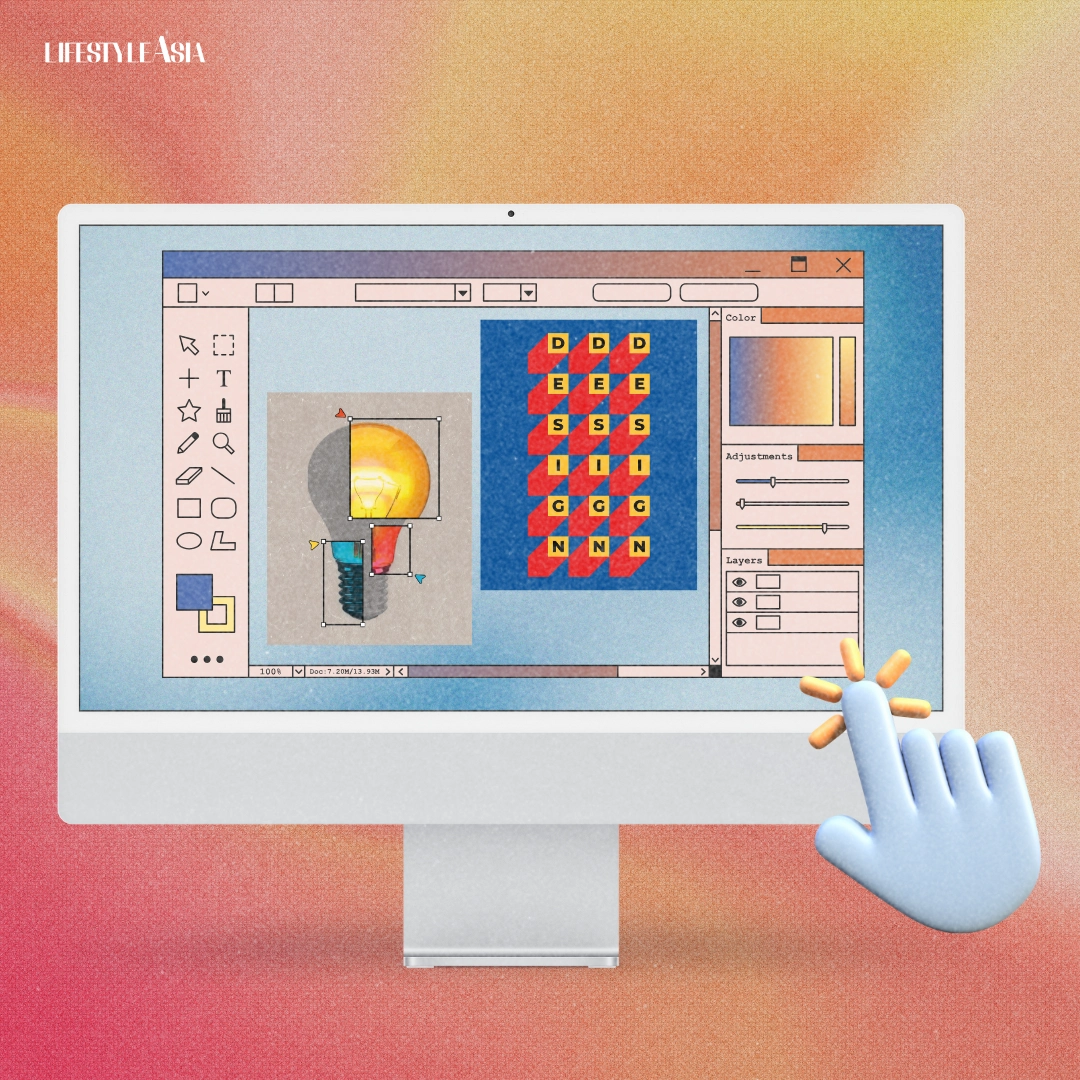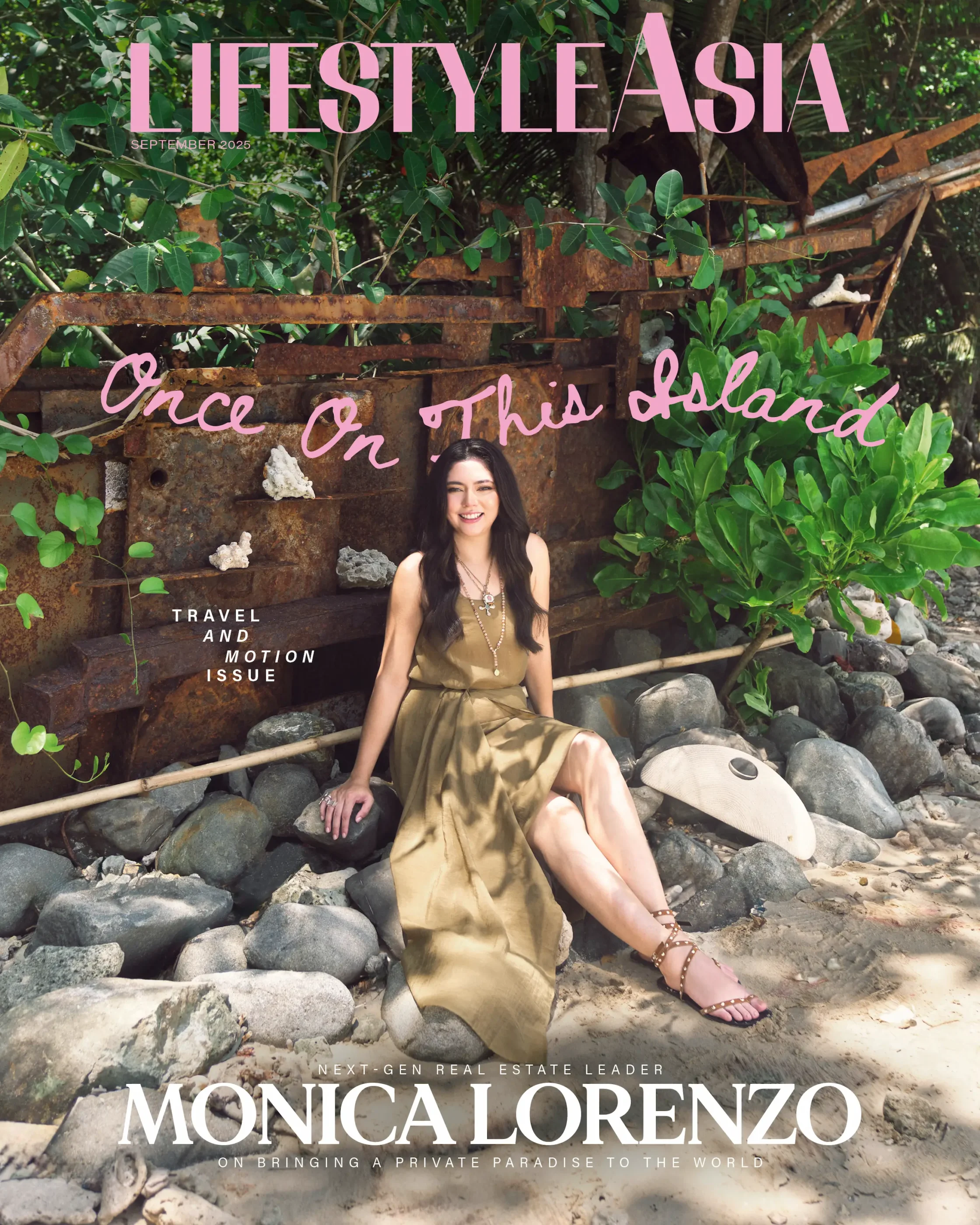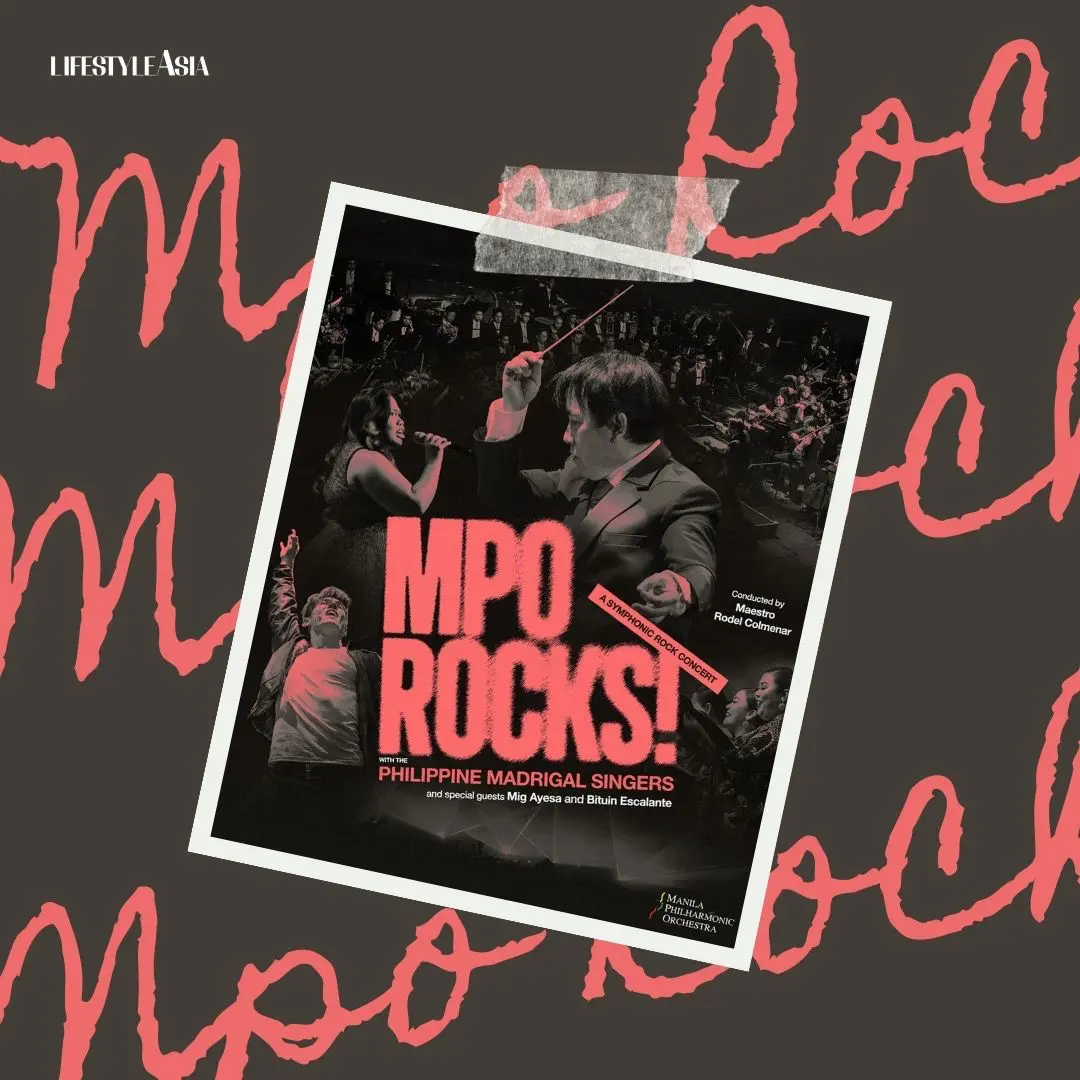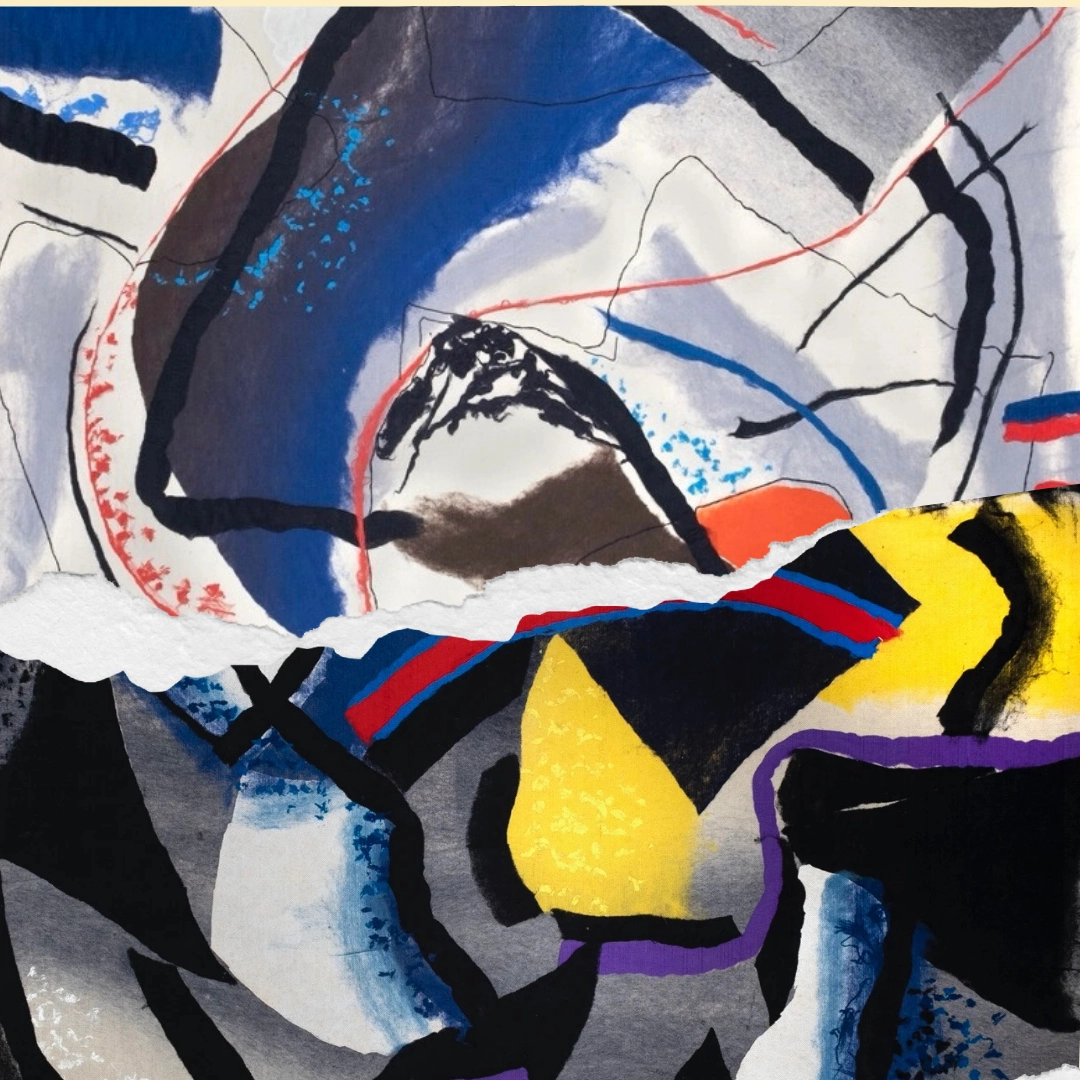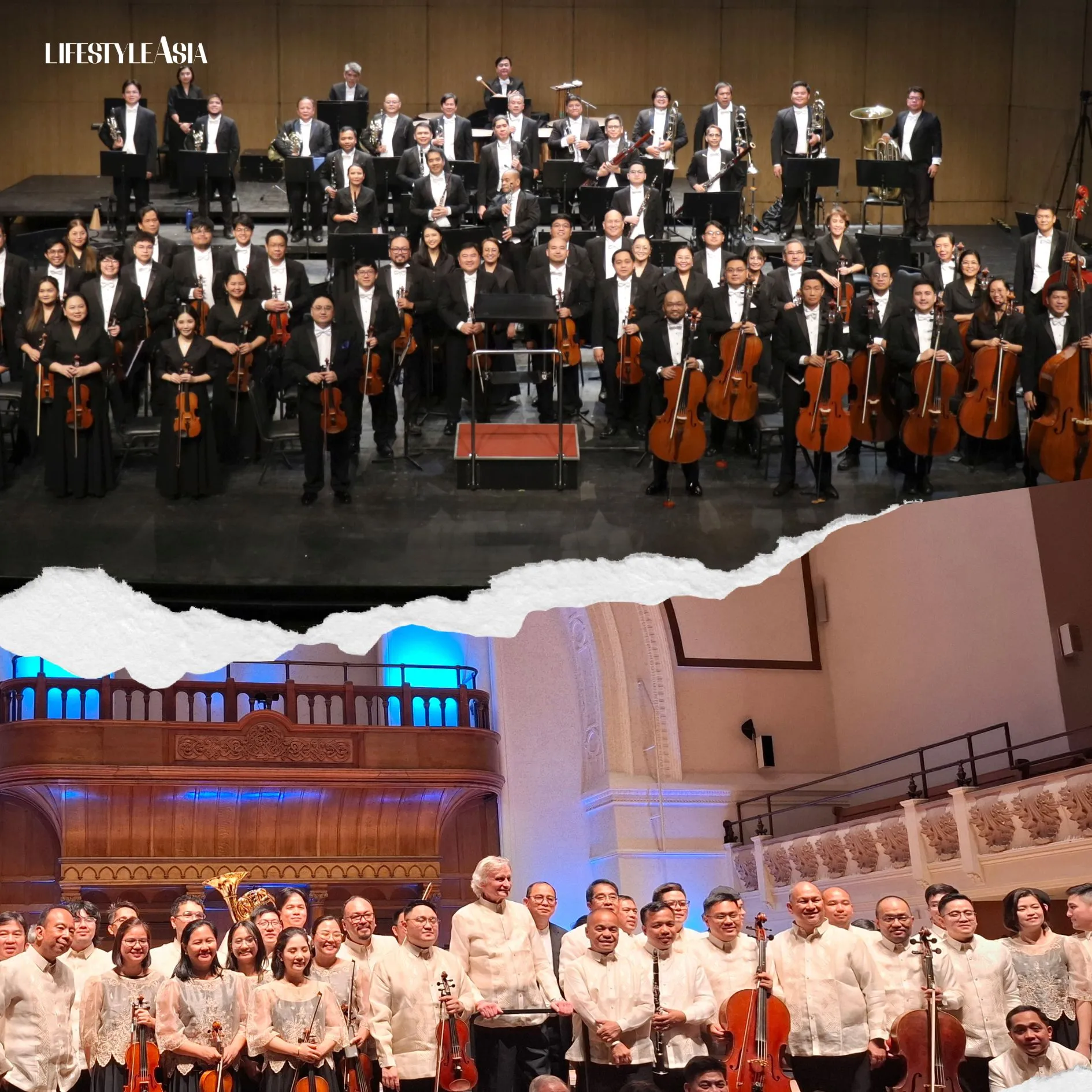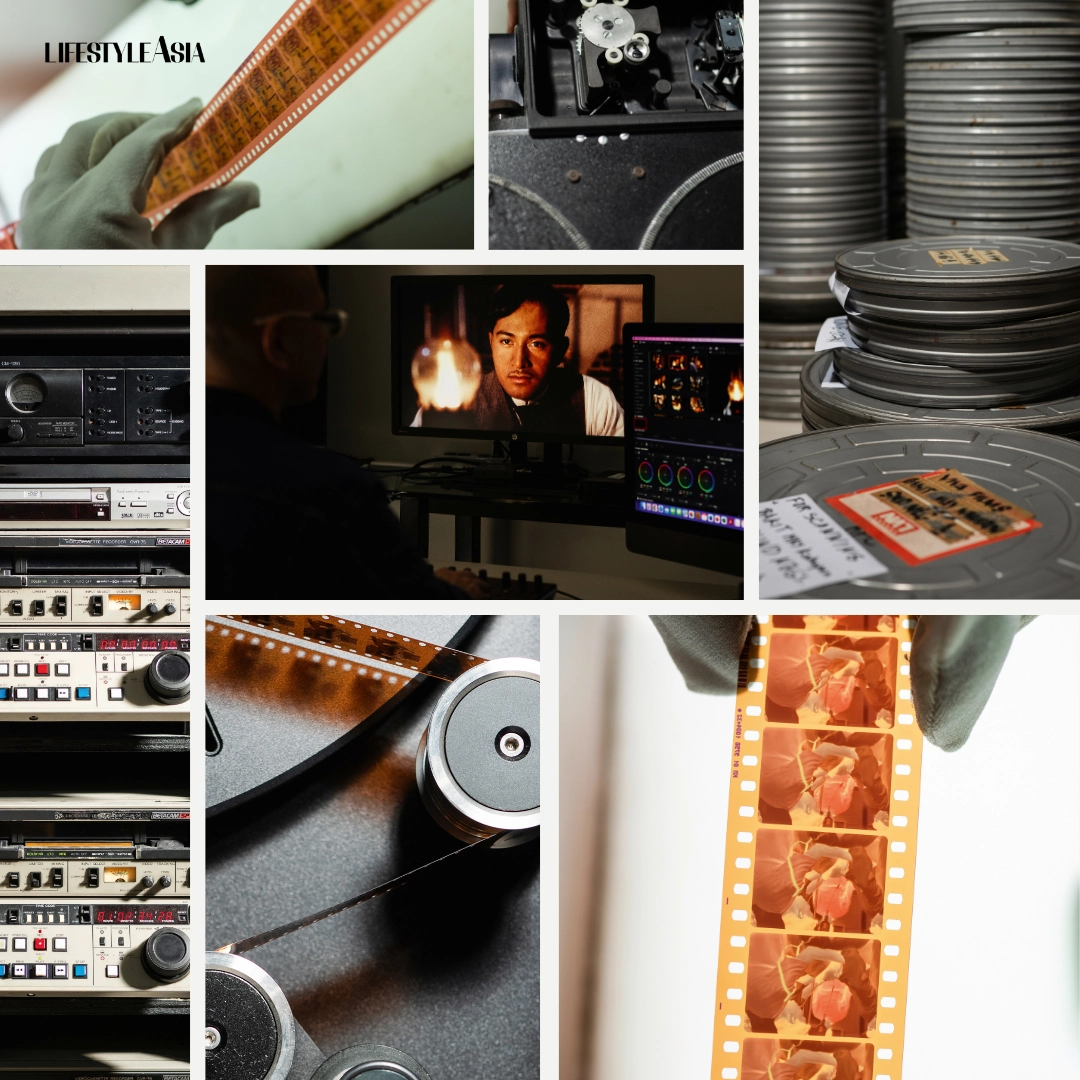Design isn’t just how something looks—it’s how it works, how it feels, and how it solves real problems. In the Philippines, our creative instincts can be the engine that propels the next generation of global innovation.
Great products don’t start with features—they start with people. Design is how we bridge the gap between what users need and what businesses build.
In the Philippines, where creativity flows through our cultural DNA, we’ve always been natural designers. Our inherent ability to blend function with beauty, necessity with joy, is evident in everything we create. Now, as the global tech ecosystem increasingly recognizes design as a strategic driver of business success, Filipino designers stand poised to transform this cultural heritage into technological innovation.
The question isn’t whether Filipinos can design. We’ve been doing that brilliantly for generations. Rather, it’s how we can channel this innate design sensibility into the digital economy, creating products and experiences that resonate globally while solving local challenges. As we’ll explore, from the Filipino-led design initiatives at tech giants to homegrown startups, the path is already being paved for Filipino designers to shape the future.
READ ALSO: Kraver’s Canteen: The Bold Bet on Food, from Cloud to Table
Design Trifecta: Why User Desirability Matters
The unique value design brings is best argued by IDEO, one of the world’s leading design consulting firms. Their Desirability, Viability, and Feasibility framework depicts three key factors to building a successful product. Desirability: Do people want it? Viability: Can it make money? Feasibility: Can it be built?
Business leaders are great at assessing viability, and engineers are particularly equipped to evaluate feasibility. But designers are in the best position to build out desirability. Without this crucial element, businesses risk investing substantial resources into products nobody wants. Design, more than being optional or decorative, is a strategic approach that drives innovation and growth.

Across the globe, iconic tech companies have found their edge through design excellence. Airbnb, co-founded by two industrial designers, transformed the daunting idea of sleeping in a stranger’s home into a mainstream global experience by creating a platform that felt simple, trustworthy, and safe. Spotify invested in design to turn an overwhelming amount of music into a personal, frictionless experience. Instagram won out amongst numerous social media platforms by using design to nail simplicity and make photo sharing possible with just a few taps.
Closer to home, Grab Head of Design Patrick Jean shared in the Grab a Seat podcast that by investing in and growing Grab’s design team, “the more magical the end experience [became].”
Canva And Design Democracy In Action
Few companies illustrate the power of design better than Canva. As of October 2024, the innovative design tech company is valued at a staggering $49 billion, according to Forbes. And, fun fact: Canva co-founder Melanie Perkins is of Filipino descent.
To learn more about Canva’s vision for the future of design, we talked to Yani Hornilla-Donato, Regional Lead for Southeast Asia at Canva.
“Design is no longer a ‘nice-to-have,’” says Yani. “It’s a critical differentiator. Investing in design offers companies a significant competitive advantage by delivering an exceptional user experience, fostering a unique brand identity, and boosting engagement.”

One of Canva’s core values is “making complex things simple,” a design-first philosophy central to its success. By focusing on the needs of their community and investing in an intuitive, accessible platform, Canva has democratized design. They empower anyone to create with ease. No professional background required. This design-first and forward approach has driven remarkable growth. Today, Canva boasts over 230 million monthly active users worldwide.
To establish a meaningful presence in the Philippines, Canva again leveraged the design process and spent time understanding the needs of the local community.
“We worked closely with local creators and designers to ensure our content, templates, images, and elements were truly relevant to the communities we serve,” Yani shares. These locally-tailored initiatives included integrating payment methods like GCash and creating brand campaigns celebrating Filipino culture.
One in five internet users in the Philippines uses Canva. It is a powerful testament to how designing an accessible and relevant product experience can deliver business results.
“In a world increasingly driven by visual communication,” Yani emphasizes, “companies that prioritize design–across products, teams, and culture–are the ones best positioned to lead.”
Design’s Bottom-Line Impact
The data also backs this up. McKinsey’s Creativity’s Bottom Line report found that companies that invest in creativity outperform their peers. They’re 67% more likely to experience above-average organic growth. They’re also 74% more likely to post higher EBITDA.
Clearly, design isn’t just decoration. It’s a mindset for building better businesses. That’s why Filipino startups and tech firms can’t afford to overlook it.
Homegrown Innovation
Amidst the thriving creative scene in Manila, passionate designers like Alexis Collado are proving that Filipino design talent can compete on the global stage. As co-founder of Swarm—a startup connecting companies with solution architects to enhance their AI capabilities—Alexis represents a new generation of Filipino creatives transforming design principles into business success. After raising $1.1 million in pre-seed funding in 2023, his story illustrates how design thinking can power entrepreneurial ventures.

“Knowing the design process gave us the superpower to understand the customers we were building for, identify product-market fit, and quickly take our ideas from 0 to 1,” Alexis explains.
This approach shapes Swarm’s business strategy: mapping out user journeys, defining their end goals based on user needs, and leading the team toward a larger vision. For Swarm, embracing the design process allows them to embrace creativity, focus on users, and iterate quickly when making business decisions.
Outside of his work at Swarm, Alexis is also a cultural catalyst in the local design community. Through the UX+ Conference and the Roots design podcast, he’s creating spaces where Filipino designers can exchange ideas, showcase their work, and build professional connections.
However, Alexis is aware that not everyone in the Filipino business circles views design as a strategic partner. In fact, it’s often seen as a cost center.
“If people truly understood design,” he reflects, “they’d see it as a competitive advantage. That’s because good design isn’t even a differentiator anymore—it’s table stakes. If your company has a website that’s bad, meaning ugly and hard to use, no one will trust you, and your business won’t succeed. Design is a demonstration of intentionality.”
Building The Filipino Design Ecosystem
What happens when individual success stories like Alexis’s are amplified across the Filipino creative community?
At Kaya Founders, a leading Filipino venture capital firm, we recognized the opportunity early. With the support of Paolo Campos and Raya Buensuceso of Kaya, I co-founded their first-ever Product Design Fellowship in August 2024 alongside IDEO Regional Head Bea Camacho, Andres Limcaoco of Affirm, and Bianca Jimenez of CashApp. These Filipinos have made their mark in global design circles and are now paying it forward.
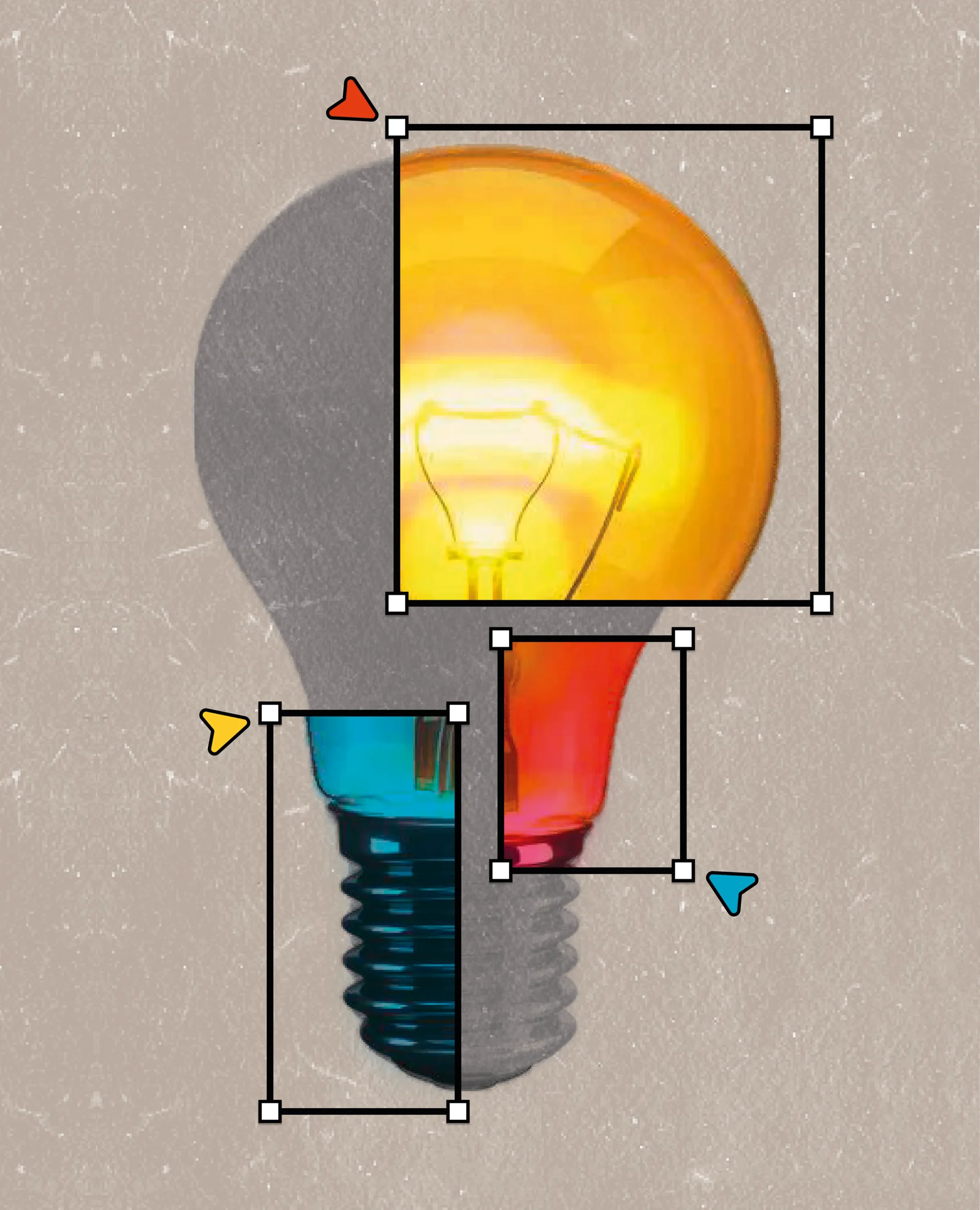
We placed seven exceptionally talented Filipino designers into Kaya portfolio companies like Kindred, GoRocky, and Noneaway. Each fellow was matched with a mentor. We also hosted talks by design leaders from companies like Pinterest, Lyft, and even The New York Times to accelerate their growth and learning.
The results were immediate. Startups got access to world-class design talent. Fellows gained invaluable mentorship. And users got better products.
Francis Reyes, Product Lead at Kindred, an offline to online women’s health clinic network, shares: “Working with Bea [our Kaya design fellow] has been amazing. We knew we had things to work on beyond ‘X feature needs to look better,’ and she was able to diagnose what UX [user experience] improvements could be made.”
“Having more focus on product design and what impact it could have was something that was always on our radar, but we couldn’t execute properly without a designer to work with,” Francis continues. “Having someone to help with gathering user feedback and incorporating it into new features has been a big step for us.”
Encouraged by the impact, we’re expanding the Fellowship in 2025 to include both designers and product managers. This product track this summer will be led by Carmel Limcaoco, whose product management experience was honed at Apple and Shazam.
Design As National Strategy
Investing in design is a national opportunity. The Philippines has always been a nation of creatives. Our design sensibility shows up in everything from our architecture to our textiles to our storytelling. It’s time we bring that same creative power to tech.
If we can invest in design not just as an afterthought but as a strategic lever, we won’t just build better startups, we’ll build economic opportunity that’s more resilient to the disruption AI is positioned to bring. It also allows us to build a more competitive tech industry that can lead on a global scale, and a richer future for Filipino innovation as a whole.
Danielle Limcaoco is a senior product designer who has spent the past six years designing at startups in Silicon Valley. Most recently, she worked at Robinhood Markets, Inc. In 2024, she built Kaya Founders’ first-ever design fellowship. She holds a B.S. in Product Design from Stanford University.
